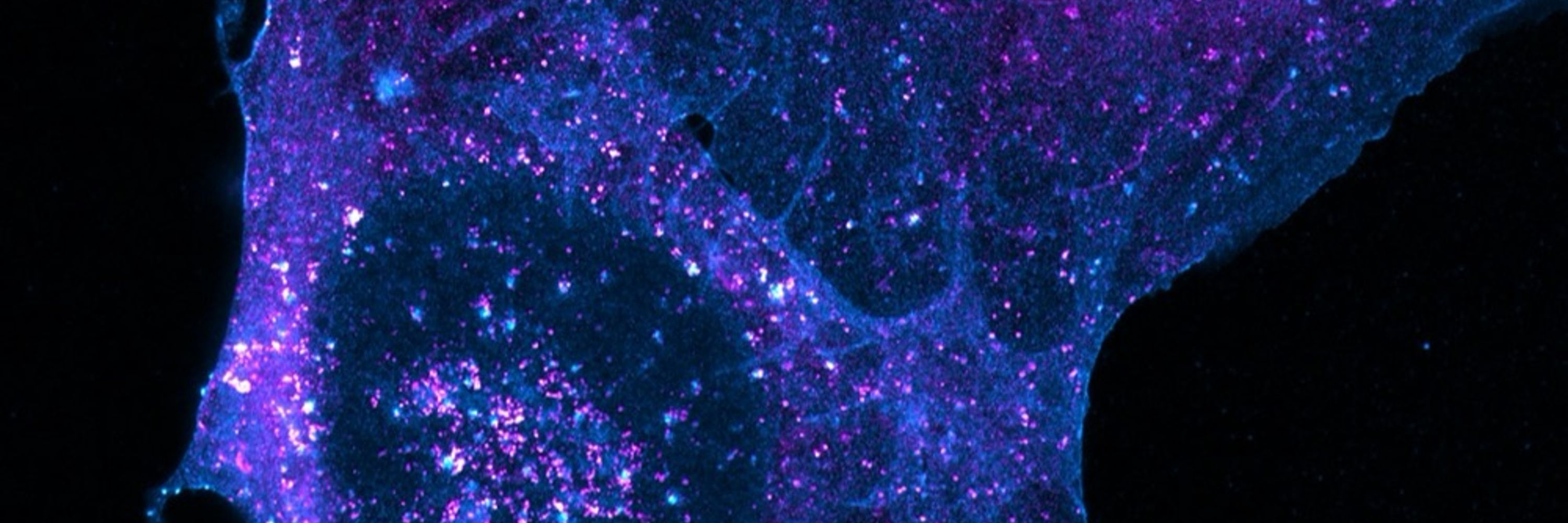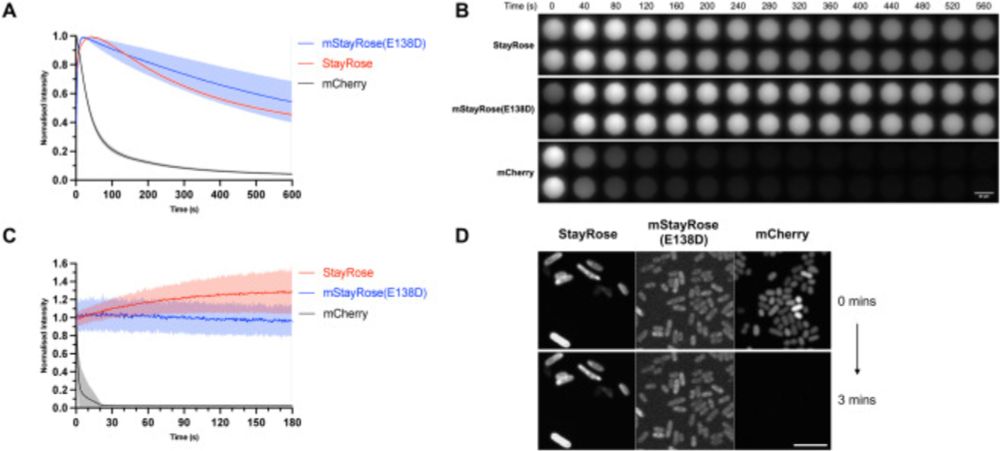

www.nature.com/articles/s41...
@microverse.bsky.social @lifeprofile.bsky.social
rdcu.be/ePm4C



erc.europa.eu/news-events/...

erc.europa.eu/news-events/...

Brilliant study led by @fmacleod.bsky.social and Andriko von Kügelgen. Tight collaboration with @buzzbaum.bsky.social and lab. Congrats to all authors!
www.biorxiv.org/content/10.1...

Brilliant study led by @fmacleod.bsky.social and Andriko von Kügelgen. Tight collaboration with @buzzbaum.bsky.social and lab. Congrats to all authors!
www.biorxiv.org/content/10.1...


Check it out.

Check it out.
We show that #Expansion #Microscopy is a broad-spectrum modality for Euks, enabling 3D phenotypic maps rooted to phylogeny.
#ProtistsOnSky #SciComm #SciSky
www.cell.com/cell/fulltex...
We show that #Expansion #Microscopy is a broad-spectrum modality for Euks, enabling 3D phenotypic maps rooted to phylogeny.
#ProtistsOnSky #SciComm #SciSky
www.cell.com/cell/fulltex...
www.nature.com/articles/s41...

www.nature.com/articles/s41...
shorturl.at/B5XYD

shorturl.at/B5XYD
We find a unique mechanism for body axis elongation in mammals, different from other vertebrate species
➡️ www.biorxiv.org/content/10.1...
We find a unique mechanism for body axis elongation in mammals, different from other vertebrate species
➡️ www.biorxiv.org/content/10.1...

📆 April 20-22, 2026
📍 Seattle, USA
🔬 All career stages welcomed.
Apply to attend by 12/12: alleninstitute.org/events/aics-...

📆 April 20-22, 2026
📍 Seattle, USA
🔬 All career stages welcomed.
Apply to attend by 12/12: alleninstitute.org/events/aics-...


Congrats to first authors Beatrise Berzina and Krishna Gupta and the entire EKFZ-funded *VirChip* team!

Congrats to first authors Beatrise Berzina and Krishna Gupta and the entire EKFZ-funded *VirChip* team!
Congratulations @wsctt.bsky.social @sporemohan.bsky.social and team for the monumental effort to make a non-natural amino acid incorporating fluorescent protein accessible. It's based on mStayGold, bright, and photostable:
www.jbc.org/article/S002...

Congratulations @wsctt.bsky.social @sporemohan.bsky.social and team for the monumental effort to make a non-natural amino acid incorporating fluorescent protein accessible. It's based on mStayGold, bright, and photostable:
www.jbc.org/article/S002...
We’re thrilled to announce an exceptional opportunity to join the newly founded Cluster of Excellence SCALE – Subcellular Architecture of Life from the @goetheuni.bsky.social.
👉 Learn more and apply here:

We’re thrilled to announce an exceptional opportunity to join the newly founded Cluster of Excellence SCALE – Subcellular Architecture of Life from the @goetheuni.bsky.social.
👉 Learn more and apply here:
Was co-submitted with @allanaschooley.bsky.social @jobdekker.bsky.social whose paper should also come out soon
Brief thread 👇
Was co-submitted with @allanaschooley.bsky.social @jobdekker.bsky.social whose paper should also come out soon
Brief thread 👇



